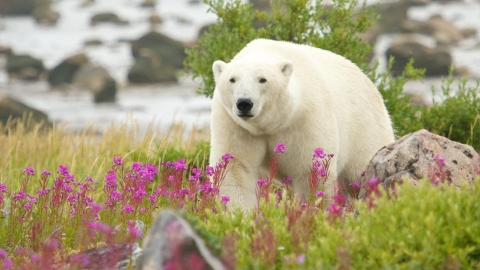Toronto – city of parks
Autumn begins to “knock on the door” of Canada around September, bringing cool breezes and bright, cloudless landscapes. This is the time when the trees gradually change their leaves, turning into a bright yellow coat. Canadians have a saying: “If money could grow on trees, autumn would be the richest season of the year”. The reason they say so is because on any street in Canada, you can see rows of trees on both sides of the road, with lush leaves, just a light breeze passing by and they will fall and flutter to the ground like falling bills. The yellow color is overwhelming on all the streets of Canada.
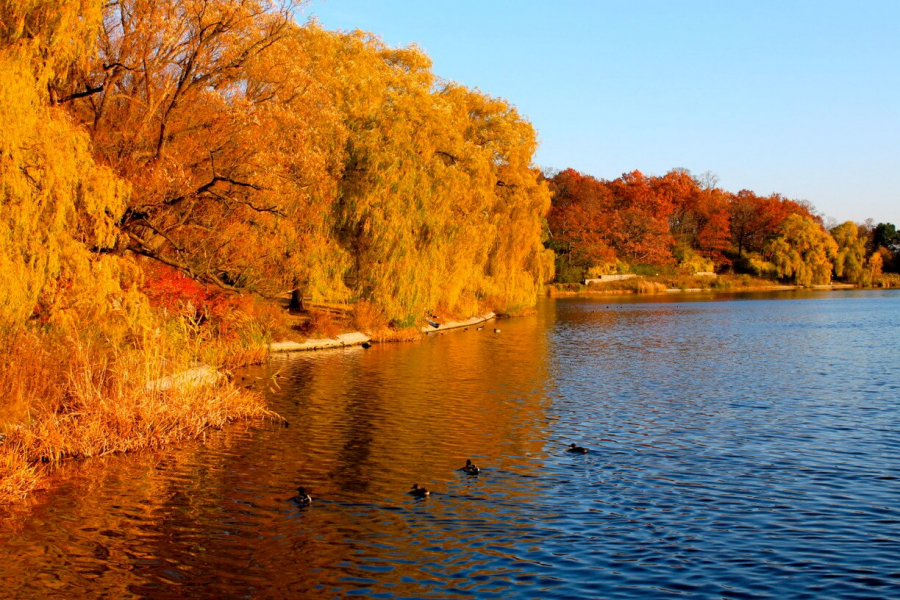
Toronto is the capital of Ontario with a population of less than 3 million people. The roads are small and pretty like in Vietnam, so there is no need to go far. Right in Toronto, there are many parks for you to walk and admire the autumn scenery typical of the maple leaf country. That is High Park, the largest park in the city center and always welcomes visitors to walk along the trails to see the falling yellow leaves, or Beach Park with its blue lake space, dotted with brilliant red leaves.
Downsview Park has a shady old forest similar to High Park but the space is larger, more pristine and quiet. Downsview Park is special in that it is still relatively unknown, keeping its wild forest beauty, with no roads, no parking lots, no electric poles, no signs, no trash cans... The ground is covered with wildflowers, a carpet of leaves from thousands of newly grown maple trees.
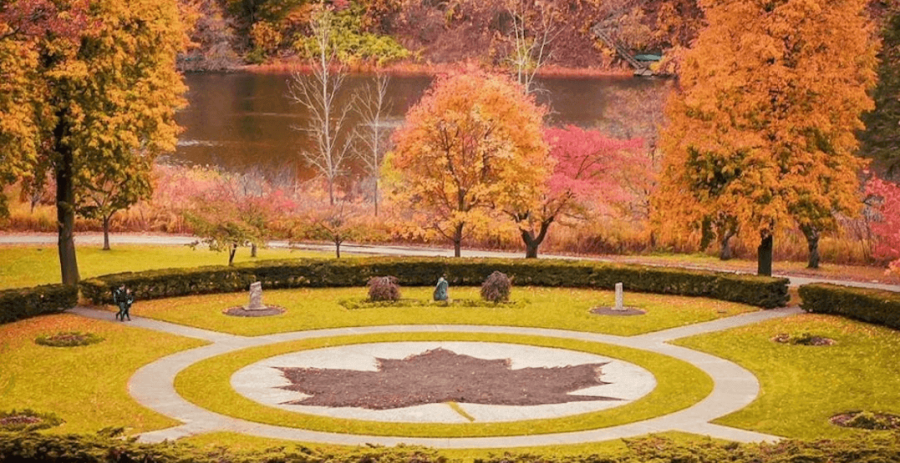
Niagara Parkway, the most beautiful street in Canada
When British Prime Minister Winston Churchill visited Niagara Avenue, he exclaimed: “This is the most beautiful street in the world on a Sunday afternoon in autumn”. Running along the Niagara River, separating the United States and Canada, Niagara Avenue is indeed the most beautiful street in Canada in the poetic autumn colors adorned by rows of maple and red oak trees in various colors of pale yellow, apricot yellow, lemon yellow, canary yellow, purple, and bright red. Along the avenue, you can also stop by the small town of Queenston to enjoy Niagara wine with the fragrant smell of pine resin.
Entering Niagara Falls, your heart will surely flutter when looking at the white waterfalls. In the early morning, the sunlight shines on the waterfall, reflecting into beautiful rainbow-colored streaks of light. In the late afternoon and evening, the huge lighting system installed around the waterfall automatically turns on. The colors constantly change from many different angles, making the waterfall more sparkling and magical.
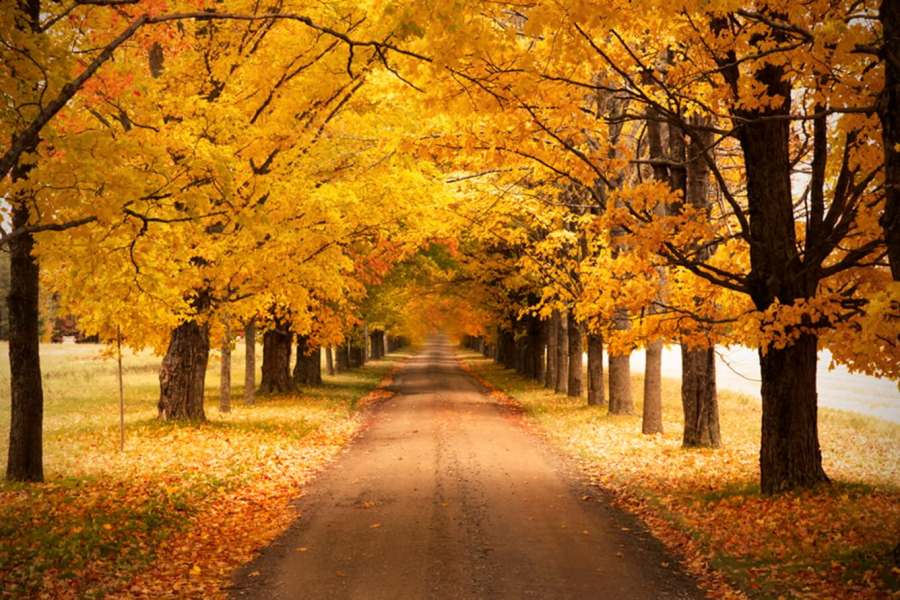
Vancouver - miniature world of maple leaves
Nature has been very kind to Vancouver by giving it a romantic, brilliant, peaceful beauty like a fairyland. You will find a peaceful space with endless fields, fertile farms and coastal roads covered with beautiful red maple leaves. The blue autumn sky is reflected in the clear lakes, on both sides of the lake are maple forests changing leaves. This picturesque scene can be easily found in Vancouver.
Vancouver is also a miniature Canada with its own unique cultural and historical features. Vancouver Island, with its largest city, Victoria, attracts more than 3.5 million visitors each year. People will admire the peaceful and quiet streets along with the beautiful Inner Harbour on the Pacific coast, the splendid flower gardens everywhere... Or visit the Clayoquot Sound Bao to see a vivid and realistic picture of the wildlife in this land.

Quebec - France in the heart of Canada
Canada's oldest city, Old Quebec, located on the picturesque St. Lawrence River, is ranked as one of the world's best tourist destinations. Old Quebec was recognized as a UNESCO World Heritage Site in 1985.
The Upper Town sits precariously on high cliffs overlooking the St. Lawrence River. The Upper Town’s defining architectural feature is the Château Frontenac. This imposing hotel was built in the late 19th and early 20th centuries and has dominated the city’s skyline ever since. But Château Frontenac is still a relatively new addition to this ancient city, with cobblestone streets, churches, museums, and even homes all dating back to the 1600s.
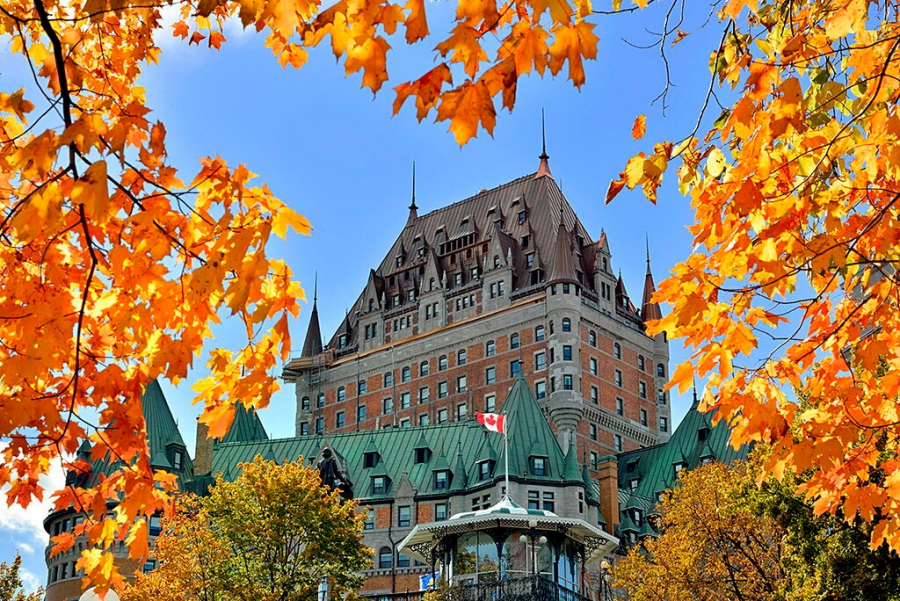
To get to Lower Town, visitors can take a cabin along the railway track slowly downhill and stop at Louis Jollet station. If not taking a cabin, there is another interesting way to get to Lower Town, which is to walk along the "Broken Neck Ladder" road. The town below is extremely bustling because it has a dense population and more shops. The main street is called Petit Champlain, from which radiate smaller cobblestone streets, with cafes, bakeries, and souvenir shops built in ancient European architecture.

























